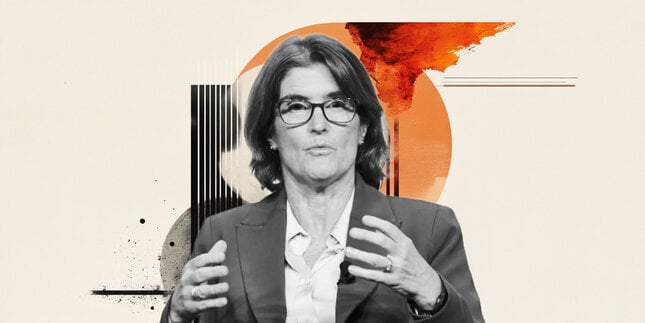Reserve Bank of Australia (RBA)
rba latest news
rba latest analysis
TOP BROKER
Related content
Big Picture
What is the RBA?
The Reserve Bank of Australia (RBA) is Australia's central bank and derives its functions and powers from the Reserve Bank Act 1959. Its duty is to contribute to the stability of the currency, full employment, and the economic prosperity and welfare of the Australian people. It does this by setting the cash rate to meet an agreed medium-term inflation target, working to maintain a strong financial system and efficient payments system, and issuing the nation's banknotes.
The RBA provides certain banking services as required to the Australian Government and its agencies, and to a number of overseas central banks and official institutions. Additionally, it manages Australia's gold and foreign exchange reserves.
Who is RBA's president?
Michele Bullock is an Australian economist who is currently governor of the Reserve Bank of Australia. She commenced as governor on 18 September 2023, and is the first woman to hold the role. She is Chair of the Reserve Bank Board, Payments System Board and Council of Financial Regulators. Prior to her current role, Ms Bullock was the Deputy Governor of the Reserve Bank of Australia.
Bullock on his RBA profile and Wikipedia.Interest rates latest news
The World Interest Rates Table
The World Interest Rates Table reflects the current interest rates of the main countries around the world, set by their respective Central Banks. Rates typically reflect the health of individual economies, as in a perfect scenario, Central Banks tend to rise rates when the economy is growing and therefore instigate inflation.
